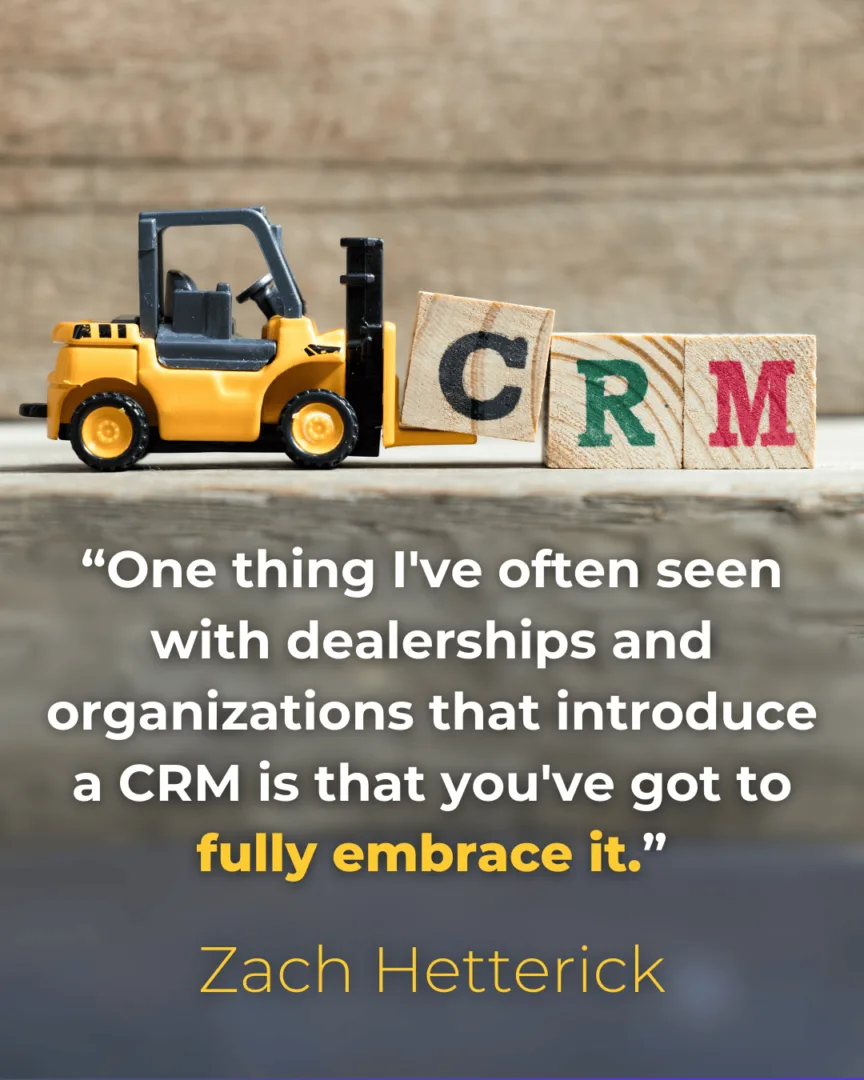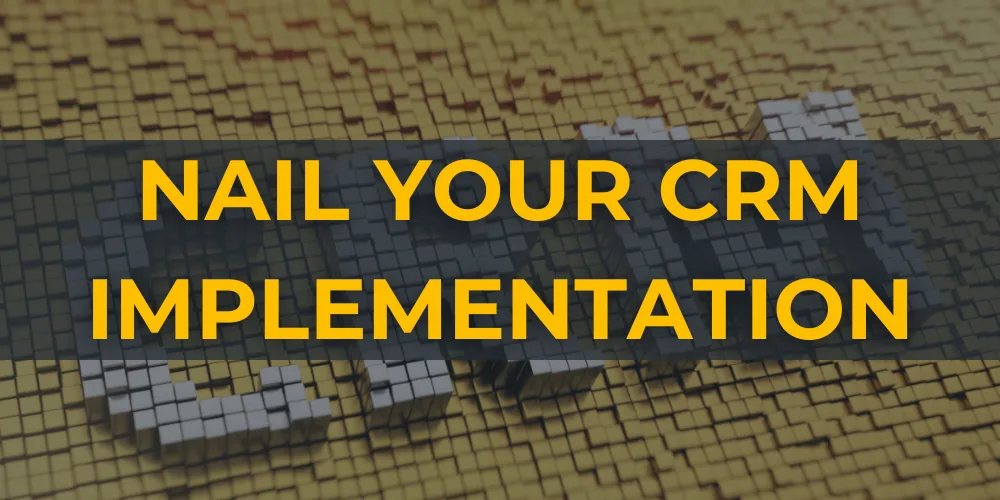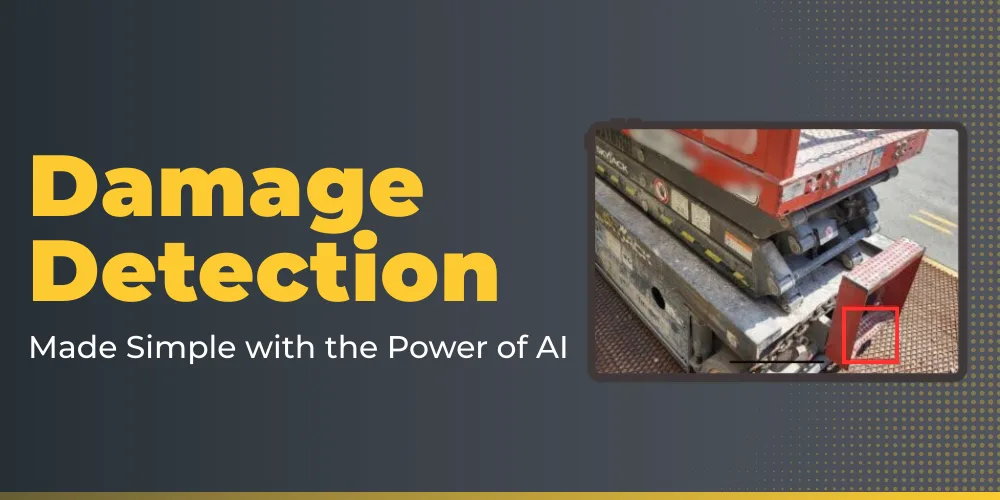We all hate wasting money.
A CRM can be a powerful tool for equipment dealerships, but only if you successfully navigate the implementation process. Running into adoption issues can throw a CRM project into disarray, hurting the CRM’s effectiveness and fumbling your investment.
Recently, equipment industry expert Zach Hetterick, who founded the coaching and consulting company Harvesting Potential, talked about how the right CRM adoption strategies and expectations can lead to better ROI and a more successful sales team.
Hetterick says that avoiding these four pitfalls is key to making sure your CRM system does what it’s supposed to:
- Failure to Launch
- Underutilization of the CRM Solution
- Inconsistency and Double Standards in CRM Use
- The CRM “Death Spiral”
If you know what these potential problems are, you can be proactive and take steps to ensure your CRM implementation goes as planned.
Learn more by downloading the 2025 Dealer Digest.
1. Failure to Effectively Launch
Many CRM projects never even get off the ground because of poor planning, not enough support from the top, or not enough resources.
“It’s pretty common for me to talk to a client who’s on their second or third CRM,” Hetterick said, which shows how tricky implementation can be.
If you don’t have a clear plan and buy-in from leadership, these projects are likely to stall before they can do any good.
2. Underutilization of the CRM
Even after you get a CRM system up and running, it can be hard to get everyone on the team to use it and fully take advantage.
This could be because of a lack of training, resistance to change, or the CRM itself not being user-friendly.
“One thing I’ve often seen with dealerships and organizations that introduce a CRM is that you’ve got to fully embrace it,” Hetterick said.
When people don’t use the system to its full capacity, the organization misses out on the benefits, resulting in missed revenue targets, unhappy customers, and a CRM that can’t deliver the ROI you were promised.
3. Inconsistency and Double Standards
If people use the CRM system inconsistently, you can end up with inaccurate data and a fragmented view of your customer information.
Inconsistency happens when some employees and teams adopt the CRM into their workflow, but others don’t. But even if everyone is using the CRM, you’ll still have problems if only some people follow the established processes.
Double standards in how the system is used across different departments can hurt the CRM’s effectiveness and credibility, which puts your investment and your business at risk.

4. The CRM Death Spiral
The “death spiral” happens when initial CRM implementation problems lead to users losing confidence and becoming disengaged, which causes more problems and creates a negative cycle. This can manifest as frustration with the system, leading to decreased data input, which in turn makes the CRM less useful for reporting and decision-making. This creates a negative cycle where the CRM’s value diminishes over time.
Eventually, this can make the CRM system completely useless, wasting the time and resources you put into the project.
Avoiding the Spiral with a Purpose-Built CRM
There are many ways to avoid the common pitfalls of CRM adoption, but choosing the right solution from the start is key. Off-the-shelf CRM solutions often require extensive and time-consuming customization, which can hinder adoption and create inconsistency. Purpose-built CRM solutions designed for equipment dealerships offer a significant advantage in today’s rapidly evolving industry.
Purpose-built CRMs provide features tailored to the industry, such as the ability to capture dealer-specific customer information like fleet makeup and service history, and tools for parts procurement and work order management. This eliminates the need for customization, streamlines implementation, and increases the likelihood of successful adoption.
As a result of the improved customer experience, access to insights, and clear visibility into your data, your team is able to drive sales growth, and secure a competitive edge in the market.
Learn the five steps you can take to avoid pitfalls and successfully implement a CRM in the 2025 Dealer Digest.





